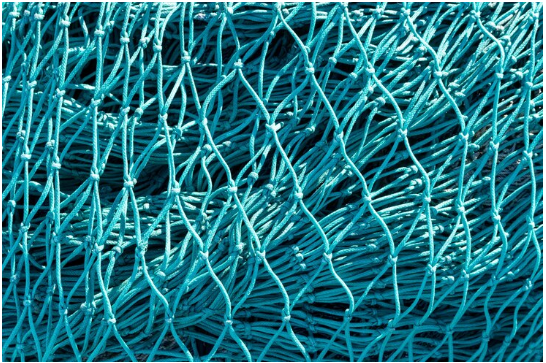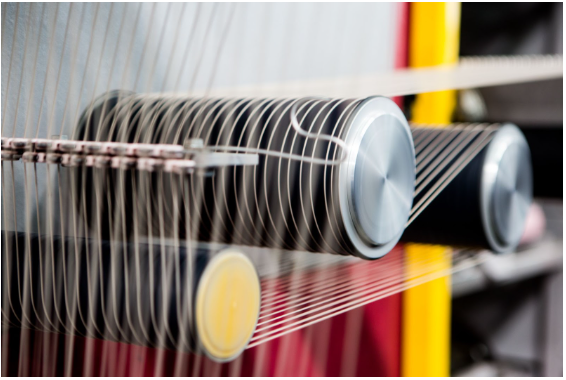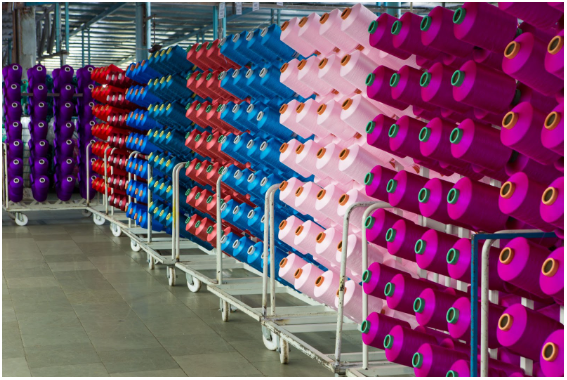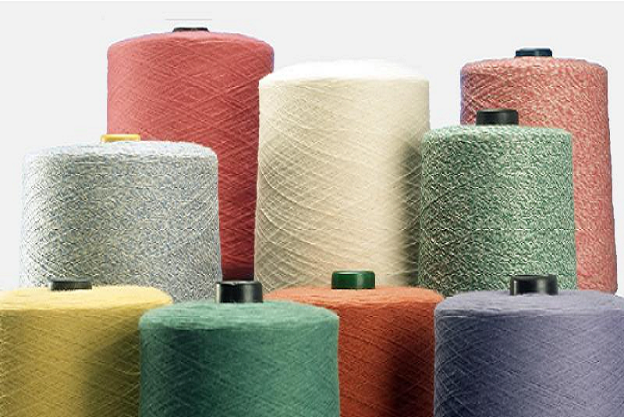Selecting the right nylon fishing net is pivotal for the success of any fishing endeavor. The strength, durability, and overall performance of nylon fish netting are significantly influenced by the quality of filament yarns used in its manufacture. This importance stems from the fact that fishing nets, made from high-quality nylon filament yarns, offer superior tensile strength and longevity, making them a preferred choice for fishermen. The use of Nylon 6, particularly manufactured by companies like AYM Syntex, in making filament yarns for fishing nets, underlines the advancing technology and rigorous standards aimed at producing the best white nylon fishing net for the industry.
Understanding Filament Yarns
Filament yarns are integral to the manufacturing of nylon fishing nets, primarily due to their synthetic nature and ability to provide exceptional durability and tensile strength. These yarns are categorized into monofilament and multifilament types, each serving different purposes in the fishing industry.
Types of Filament Yarns
Monofilament yarns consist of a single, continuous filament, commonly used in applications like fishing lines and 3D printing filaments. Their production involves extruding the synthetic material through a spinneret designed with a single hole. In contrast, multifilament yarns are produced using a spinneret with multiple holes, resulting in several fine filaments that are drawn and twisted together. This type includes varieties like Nylon Multifilament, which is preferred for its fine filaments and is frequently used in making fishing nets and twines. Sizes such as 210d, 420d, and up to 1260d are selected based on the net’s required strength and flexibility.
Properties of Filament Yarn
The strength and performance of filament yarns are often measured by ‘denier’ and ‘count’. Denier (d) indicates the weight-to-length ratio of a continuous filament fiber, reflecting its thickness. For example, a 210d Nylon Multifilament yarn, made up of 24 filaments, is commonly used in fishing nets due to its strength and flexibility. ‘Count’ (c) refers to a similar measurement but applies to yarns spun from cut fibers. These metrics are essential for choosing the right yarn type for specific fishing net applications, ensuring they meet the necessary durability and performance standards.
In the context of environmental sustainability and innovation, products like KILAVIS™RC represent a significant advancement. This nylon filament yarn, made from recycled waste fishing nets, not only supports environmental sustainability but also enhances the yarn’s quality with excellent rubbing fastness and ease of maintenance, making it suitable for various applications beyond fishing nets.
Types of Nylon Fishing Nets
Monofilament Nets
Monofilament nets, often referred to as Glass or Cat Gut netting in the fishing industry, are crafted from a single filament string. This type of netting is particularly valued for its near invisibility in clear waters, making it less detectable by fish. Monofilament is slightly less robust than multifilament nylon but offers distinct advantages in terms of reducing debris entanglement. Objects such as sticks and cockleburs can be easily removed by simply shaking the net, enhancing its usability in environments with potential for snagging.
Multifilament Nets
Conversely, multifilament nets consist of numerous tiny filaments twisted or braided together, resembling twine. This structure provides a softer and more flexible net, which can more easily trap a variety of fish sizes. While multifilament nets are more challenging to clean due to their tendency to catch debris, they are preferred for their strength and durability. These nets are typically made from high-quality, virgin nylon resin, which lends superior tensile strength and ensures that the nets can endure significant wear and tear. Additionally, the visibility of multifilament nets in clear water is higher, and they can be easily dyed to suit various applications, from fishing to sports and industrial uses.
Also Read : An Overview of Recycled Nylon & Its Advantages for the Environment
Conclusion
Throughout this guide, we’ve navigated the complexities of selecting the right nylon fishing nets, emphasizing the crucial role of filament yarns. The insights shared underscore the importance of understanding the properties and types of filament yarns, especially Nylon 6 manufactured by AYM Syntex, tailored for superior performance in fishing nets. Their advanced BCF yarn production technology ensures that every strand of Nylon 6 filament yarn combines unmatched tensile strength with durability, setting a high benchmark in the fishing industry.




